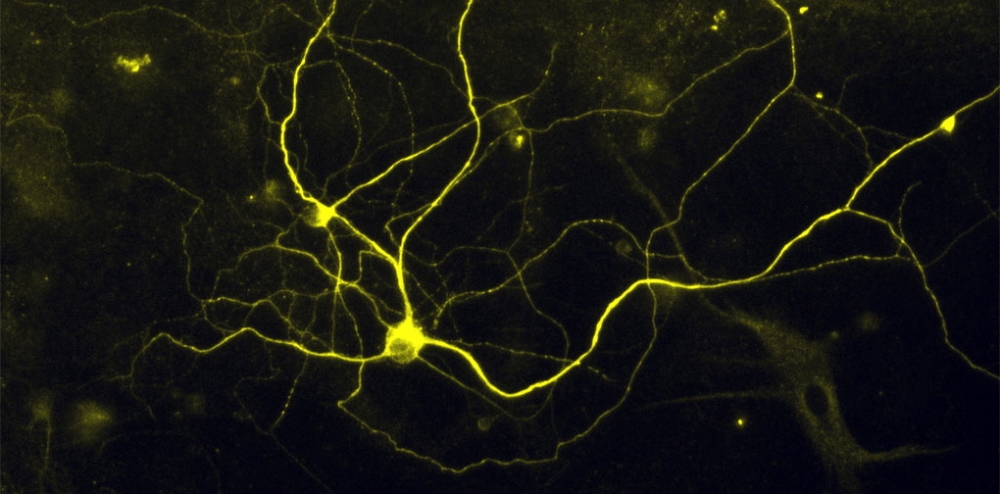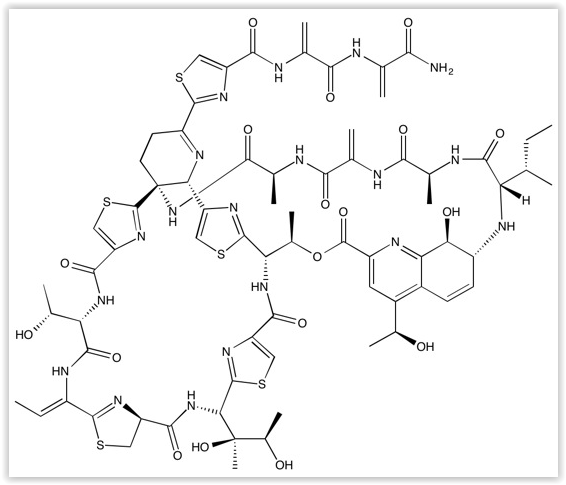
In a recent publication, Dr Clifford J. Woolf’s team (Harvard Stem Cell Institute (HSCI), USA) described a new experimental technique to produce in vitro pain-sensing neurons directly from mouse and human skin cells. For this, the authors have defined optimal cell culture conditions with five transcription factors to reprogram mouse or human fibroblasts into noxious stimulus–detecting (nociceptor) neurons.
Interestingly, these neural models displayed TRPV1 sensitization to PGE2 (an inflammatory mediator) and Oxaliplatin (a chemotherapeutic drug) modeling the mechanisms related to 1/ in inflammatory pain hypersensitivity and 2/ painful chemotherapy-induced neuropathy.
This in vitro neural cellular model will help the research community to better understand neuropathies and hypersensitivity to pain in fundamental and personalized medicine programs.
Sources:
- Harvard Stem Cell Institute: Pain in a dish – Turning skin cells into pain-sensing neurons, November 24, 2014.
- Woolf B.J. et al. “Modeling pain in vitro using nociceptor neurons reprogrammed from fibroblasts” (2014) Nature Neuroscience. DOI: 10.1038/nn.3886



